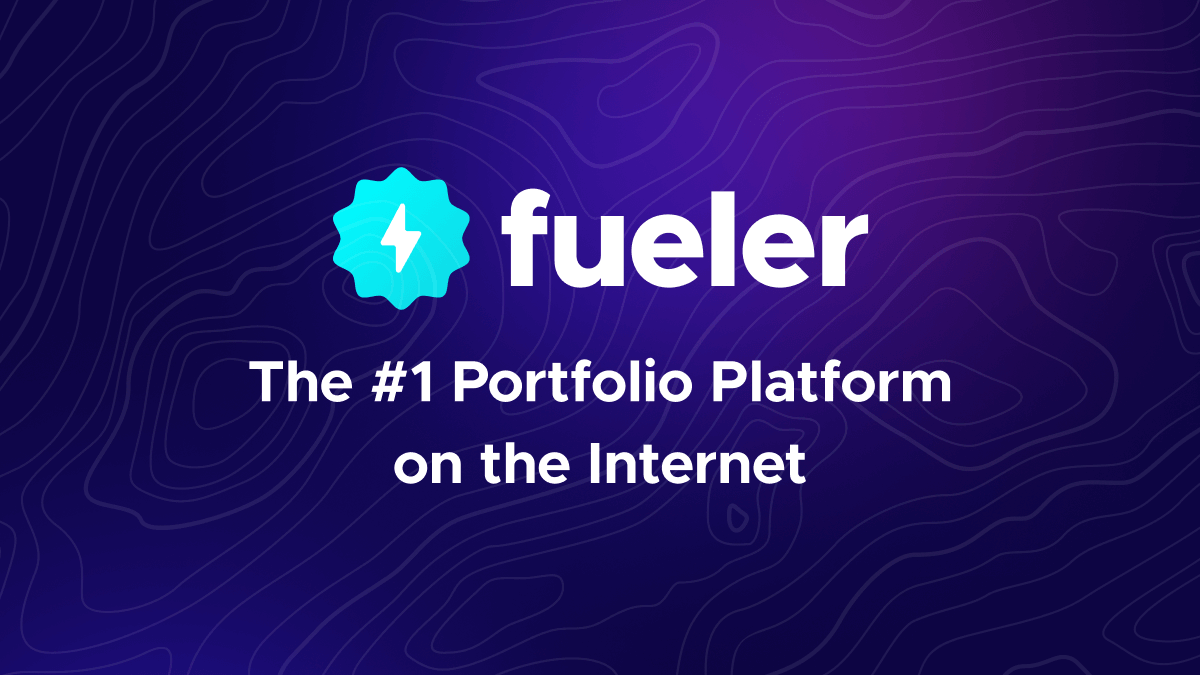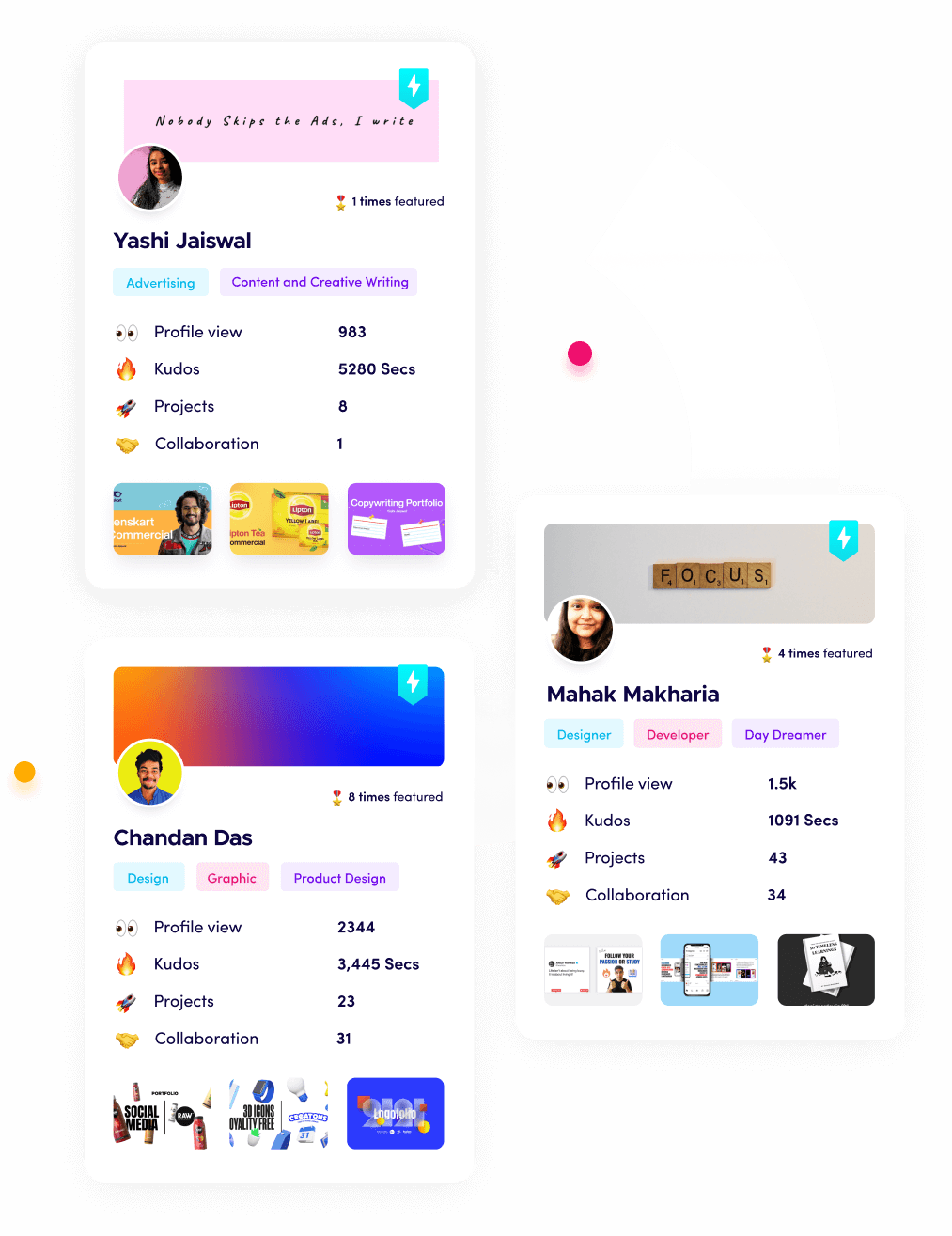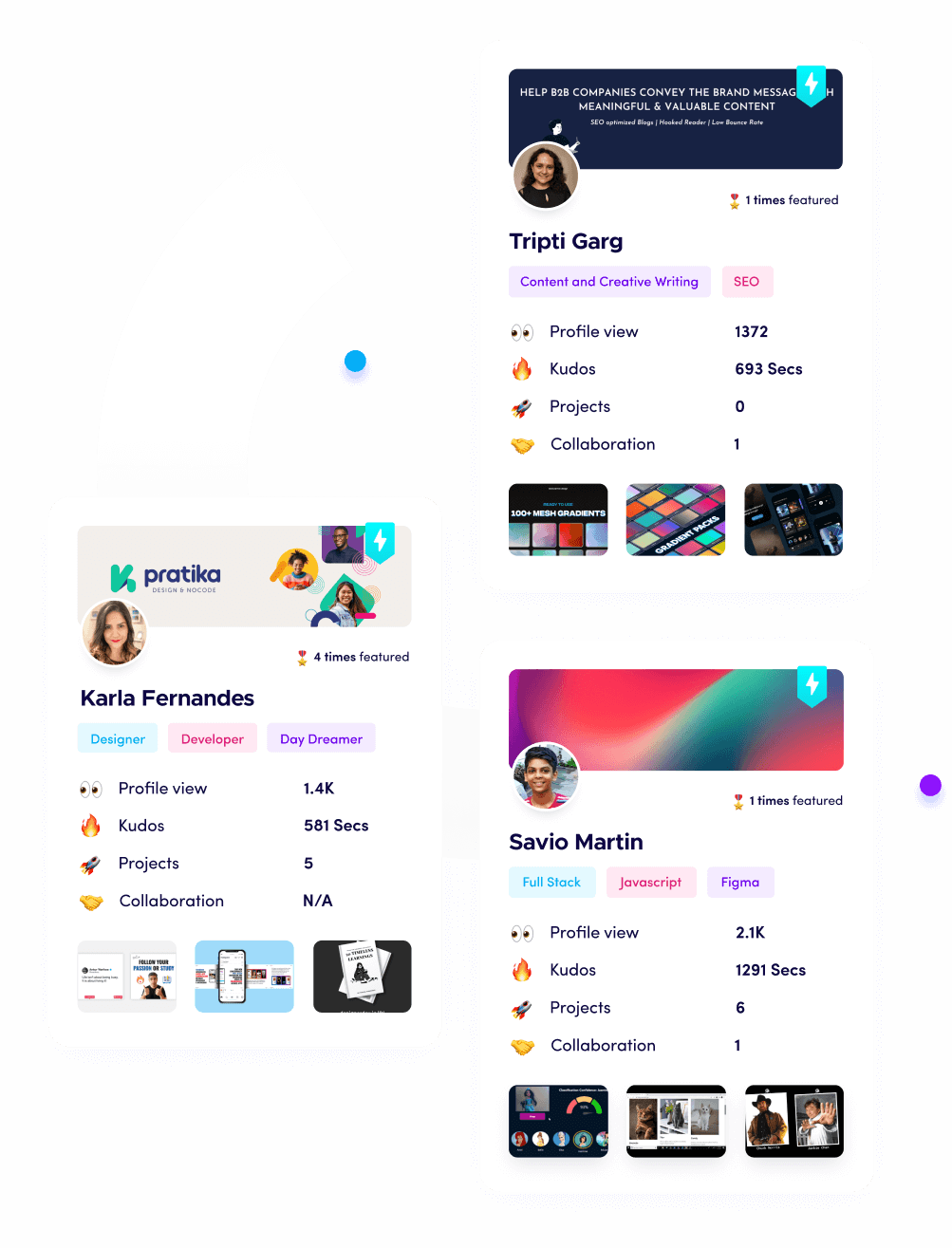Top 20 Vibe Coding Tools for 2025

Riten Debnath
17 Apr, 2025

Imagine telling a computer what you want in plain English and watching it write the code for you. That’s the magic of vibe coding, a new way to build software using AI. Instead of memorizing complex programming languages, you describe your idea, and AI tools generate working apps, websites, or scripts in seconds.
As the founder of Fueler, a platform where developers showcase their AI-powered projects, I’ve tested dozens of these tools. Below is my curated list of the top vibe coding tools for 2025, ranked by ease of use, features, and real-world impact.
What Are Vibe Coding Tools?
Vibe coding tools use AI-powered assistants to turn natural language prompts into functional code. They help:
- Beginners build apps without coding experience.
- Developers speed up repetitive tasks.
- Startups prototype ideas in hours, not weeks.
These tools range from AI-powered IDEs to no-code platforms. Let’s dive into the best ones.
1. Cursor
Cursor is an AI-powered code editor that lets you write, edit, and explore code using plain language. Its Composer feature can create, modify, or delete files across your whole project, making it a favorite for both rapid prototyping and deep codebase work.
2. Replit Agent
Replit Agent is a cloud-based AI assistant that generates and fixes code from prompts. It supports many programming languages, works in your browser or on mobile, and allows instant app deployment.
3. Lovable
Lovable is a no-code platform with an intuitive interface. Just describe your app, and Lovable builds it while you watch. It’s perfect for beginners and lets you export code for custom tweaks.
4. Bolt (Bolt.new)
Bolt is built for speed. Describe your project, and Bolt instantly generates a live prototype in your browser. It’s ideal for startups and hackathons needing quick demos.
5. Cody by Sourcegraph
Cody acts like a senior developer who knows your codebase inside out. It provides context-aware suggestions, helps refactor code, and integrates with popular IDEs like VS Code and JetBrains.
6. Apidog MCP Server
Apidog MCP Server connects your API documentation to AI assistants, making it easy to generate code, update models, and implement endpoints based on your API specs. This boosts accuracy and speeds up backend development.
7. v0 by Vercel
v0 by Vercel creates React and Tailwind CSS components from text prompts. Describe a UI element, and v0 delivers clean, production-ready code, making frontend work much faster.
8. Windsurf
Windsurf’s Cascade feature enables codebase changes through conversational prompts, blending automation with developer control for efficient project updates.
9. Claude Code
Claude Code, from Anthropic, uses advanced AI models to assist with coding tasks. It’s especially strong in frontend development and planning, and is popular among developers using hybrid workflows.
10. Softgen
Softgen is an AI code generation assistant focused on maintainable, high-quality code. It adapts to your coding style, making it great for long-term projects
11. Cline
Cline is the only open-source vibe coding tool in the top ranks. It’s perfect for developers who value transparency and want to customize their workflow
12. Aider
Aider is a reliable assistant that helps generate, debug, and optimize code using natural language, streamlining the development process
13. EZsite AI
EZsite AI is a drag-and-drop builder with smart suggestions, making it easy for beginners to create web apps and get real-time feedback
14. Create.xyz
Create.xyz lets you build custom web apps using simple prompts. It’s a great starting point for anyone looking to turn ideas into products quickly.
15. Codev
Codev enables full-stack app development with natural language instructions, supporting everything from simple sites to complex platforms.
16. Tempo
Tempo offers a drag-and-drop UI editor for React, with AI-powered tweaks and Figma import, ideal for frontend teams needing rapid iterations.
17. Sweep
Sweep reads GitHub issues and creates pull requests to fix bugs or add features, saving maintainers hours on open-source projects.
18. Devin by Cognition AI
Devin is an AI software engineer that handles complex tasks like migrations and debugging, making it a favorite for enterprise teams.
19. Continue
Continue is a VS Code extension that chats with your codebase and supports local AI models for privacy-focused developers.
20. Glide
Glide turns spreadsheets into apps using AI, perfect for small businesses and teams wanting to automate workflows without coding.
How to Choose the Right Vibe Coding Tool?
- For beginners: Try Lovable, EZsite AI, or Create.xyz for easy, no-code experiences.
- For developers: Cursor, Cody, and v0 by Vercel offer deep integration and advanced features.
- For teams: Replit Agent, Sweep, and Apidog MCP Server support collaboration and large projects.
- For privacy: Choose open-source tools like Cline or local solutions like Continue.
No matter your skill level, there’s a vibe coding tool that fits your needs and budget. Many offer free trials or starter plans, so you can experiment before committing.
Why Showcase Your Vibe Coding Projects?
In today’s competitive tech world, a strong portfolio is more important than ever. With AI making it easier to build projects, employers want to see real proof of your skills. Platforms like Fueler let you create a portfolio of your vibe coding projects, helping you stand out and land better opportunities.
FAQs
1. What is the best vibe coding tool for beginners?
Lovable and EZsite AI are great for beginners, offering simple interfaces and real-time feedback.
2. Can I build a full app with vibe coding tools?
Yes, tools like Bolt, Codev, and Glide allow you to create complete apps from scratch using natural language prompts.
3. Are vibe coding tools free to use?
Many tools offer free versions or trials. Some advanced features may require a subscription or pay-as-you-go plan3.
4. How do I add vibe coding projects to my portfolio?
Platforms like Fueler let you easily showcase your AI-powered projects, including screenshots, descriptions, and live links.
5. Are AI-generated code and apps secure?
Most tools are safe, but always review and test generated code for vulnerabilities before deploying to production.
Vibe coding is changing how we create software. Whether you’re a student, hobbyist, or pro developer, these tools can help you turn your ideas into real, working projects fast. Start building, and don’t forget to show your work
What is Fueler Portfolio?
Fueler is a career portfolio platform that helps companies find the best talents for their organization based on their proof of work.
You can create your portfolio on Fueler, thousands of freelancers around the use Fueler to create their professional-looking portfolios and become financially independent. Discover inspiration for your portfolio
Sign up for free on Fueler or get in touch to learn more.


